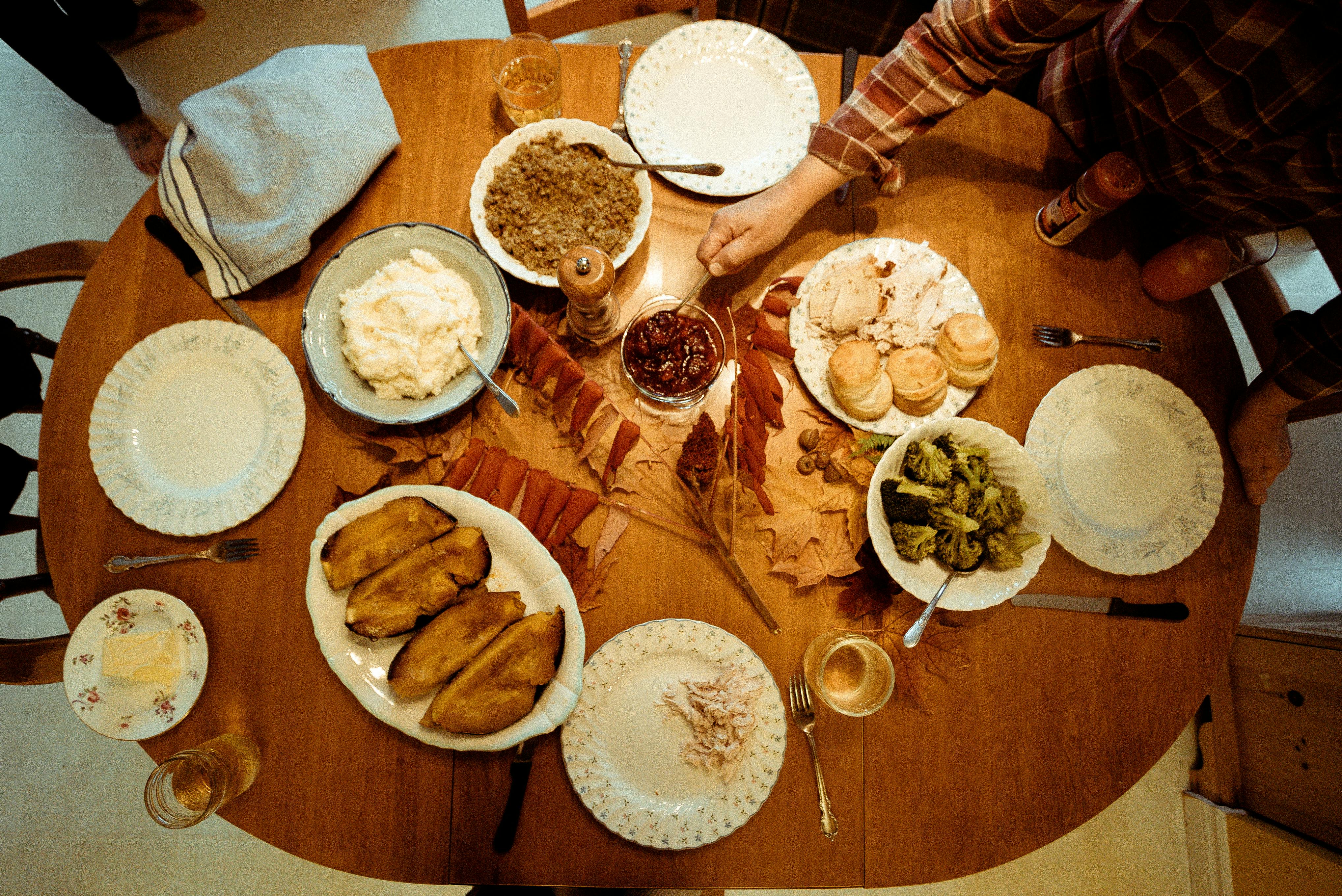1) Raw Shade Wash Drawing Stage:
I add a small amount of odorless turpentine to a small amount of Raw Umber, mixing it in with a spatula. I then proceed to draw with a brush, using a small amount of this mixture, finding a basic outline and rubbing in shadow shapes. I constantly compare the apple with my painting, trying to correct any inaccuracies. By using shadow shapes to draw, one can begin to compare the masses like-for-like. Using straight lines to better identify the structure and comparing the width of the shadow shapes to the light shapes, I move towards more precise proportions. I use another brush dipped in unscented white spirit or kitchen paper as an eraser.
I then add my top light into the composition to better see how bright I can get. (Squinting helps identify where the highest light is. I want the painting to be as bright as possible in the highlights (midtones, highlights, and highlights). Embedding the painting this way also allows me to calibrate the values (how light is) or something dark is) more easily. I then paint a thin layer of a basic background color to create something of a backdrop for the apple and to further correct the drawing. The value of the background in the light is obtained by comparing it to the highest light in the painting. Squinting helps determine the correct value.
It should be noted that, unlike a tennis ball, no apple is a perfect sphere, but instead consists of subtle planes. If one were to paint an apple as a perfect sphere, as some artists do, it would look like a Christmas ornament (not the look I’m after).
2) Blockage in the masses
I paint the most chromatic (colorful) parts at maximum intensity to nuance the color. Thereafter no color in my composition can be more chromatic than my key, just as no value can be higher than the already established highest light. I paint the planes of the block in a color and value that best represents that plane, seeking to capture the structure of the block. Each value and color depends on those around it and at this stage must make sense in the context of the whole, or else be repainted. The highlights (midtones, highlights, and highlights) should be lighter than the shadows. Squinting shows how simple shadows can be painted, just a flat value at this point. Keeping things broad and simple, I cover the panel to create a loose visual impression, further correcting the drawing as I go.
3) Additional refining way
I fix the spurious values that jump out as not fitting the overall impression, before splitting the large shots into smaller ones, if you like. Further correcting the drawing as I go, I also define my edges, painting the outline of the apple as it meets the background harder (more abruptly) or softer (less abruptly) depending on what I see. For example, the side of the apple looks hardest where it overlaps the cast shadow. The cast shadow is painted softer the farther it is from the apple. A soft edge can be created by adding an additional intermediate value, blending shapes (be sure to firm the shape if you do this), dragging the brush to overlap a previous brush stroke, with a loaded or empty brush, finger or palette knife or frankly any way you like. want. If there is too much paint where I need to make a correction, scraping with a putty knife or using a kitchen towel to remove the excess paint may be necessary.
4) Finish
Looking to simplify and reinforce any value or color by repainting on top. Handling and applying paint can enhance texture variety, but achieving texture ultimately comes down to the right value, in the context of all the other values in the composition. I add details or simplify throughout the composition, depending on what I’m after. For example, I could have left the shadows as a fixed value (see step 3), but in this case I introduced a small amount of reflected light into the shadow, squinting to determine how unified they should be. Too much reflected light will weaken the sense of unified light impression. Our eyes adjust and let in more light when we look at the shadows of nature. Sacrifices must be made because paint does not have the same extremes of tonal range that we see in nature. The reflected light is somewhat sacrificed to promote the division of light and shadow. See the work of Edouard Manet to see how much values in highlights (midtones, highlights, and highlights) and shadows can be simplified. Often less information in a painting means more, but it depends on the effect you’re going for.
Article Content: Copyright Andrew Hitchcock 2013
http://www.andrewitchcock.com/
